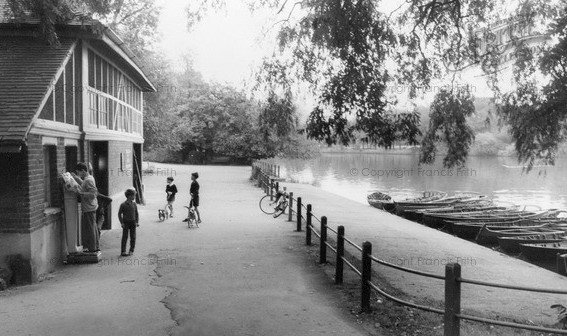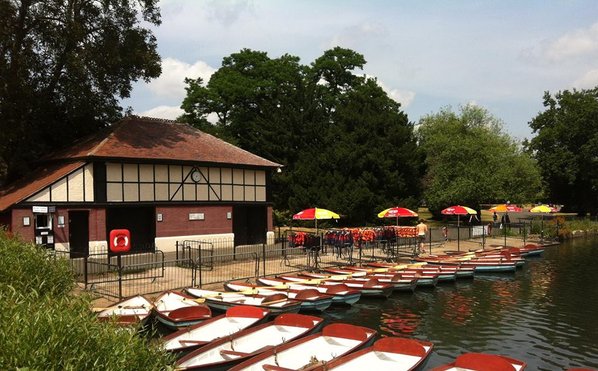Valentines Boating Lake
Park History
The Valentines name probably derives from a 16th-century landowner. A house was built here in the late 1690s, probably for Elizabeth Tillotson, widow of an archbishop of Canterbury, but successive enlargements and improvements have erased almost every trace of this building.
The mansion that stands today DATES primarily from phases of work in 1769 and 1811. The council acquired most of the grounds and opened them in 1899, originally as Central Park. Following the death of the mansion’s owner in 1902, Ilford council bought the remainder of the grounds and extended the park.
Begun in 1909, the Valentines Park estate was one of the last of the Victorian and Edwardian schemes that entirely transformed Ilford from farmland to suburb within the space of two decades.
The council acquired Valentines mansion itself in 1912 and it served as a home for Belgian refugees during the First World War and later as offices for the local public health authority.
With the formation of the London Borough of Redbridge in 1965, Valentines became home to the council’s housing service, which vacated the building in 1993. It lay empty and increasingly shabby until its exterior was restored in 2002. Over £3 million of council and LOTTERY money was secured for the renovation of the interior, and it is now open to the public three days a week.
Valentines Park is one of east London’s loveliest spots, with formal gardens, lakes and landscaped parkland, as well as 26 tennis courts.
The Valentines ward nowadays has a predominantly Asian ethnic mix, including significant numbers from Indian, Pakistani and Bangladeshi backgrounds. White British residents make up 14 per cent of the total. A high proportion of homes are privately rented.
Valentines Park Boating Lake for many years has only been used for familys to adventure on to the lake in old traditional 5 seater rowing boats. Rowing is great fun for all the family and by teaching youre kids can have great benifits as it gives them great confidence and sense of direction and motivates them.
For adults this activity exercises all major muscle groups: legs, arms, back, abdominal, and buttocks. Legs provide most of the power of the rowing stroke; your upper body adds the rest. Rowing is one of the few aerobic activities that can actually strengthen your back

